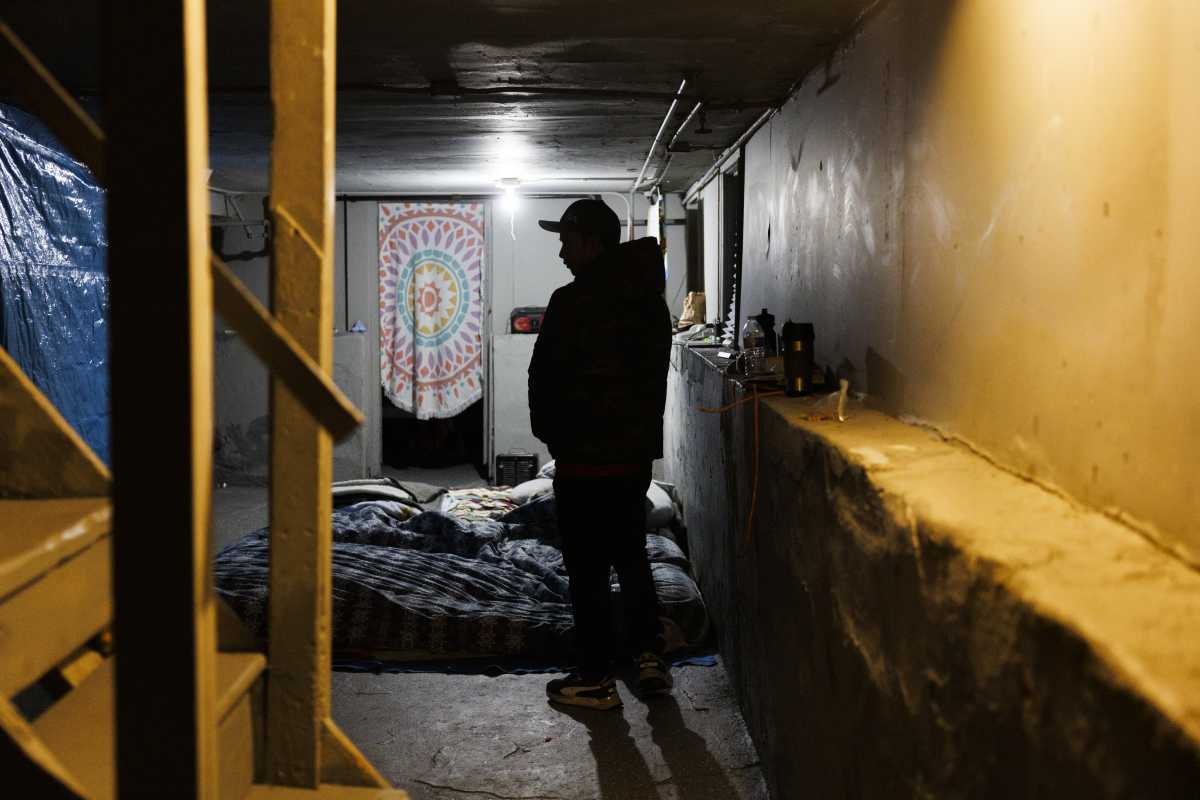News
The Complexities of Asylum Seeker Influx: Contrasting Responses in Major U.S. Cities

When the mayor of New York, Eric Adams, expressed concern over the recent surge in asylum seekers in the city, it sparked a larger debate on the capacity of urban centers to handle such influxes.
Chicago, under Mayor Brandon Johnson, found itself in a similar predicament, grappling with accommodating asylum seekers amidst strains on resources and services.
The arrival of individuals fleeing the conflict between Russia and Ukraine also brought attention to different responses in U.S. cities, with New York quietly assimilating a large number with minimal disruption.
Contrasting the challenges faced by New York and Chicago, cities like Miami, Houston, and Los Angeles have navigated the arrival of asylum seekers with relative ease, highlighting varied approaches to addressing the issue.
Mayors and officials in these cities have emphasized the need for federal intervention and coordination to streamline the process of integrating asylum seekers into local communities, underscoring the importance of a cohesive strategy.
Amidst the political maneuvering by figures such as Governor Greg Abbott, there have been calls for a more structured approach to managing the movement of asylum seekers across different states.
The impact of federal policies, including the handling of work permits for newcomers, has been a significant factor in determining the challenges faced by cities in absorbing asylum seekers and displaced individuals.
The lack of a centralized approach to migrant relocation has led to disparities in the response of cities, with some experiencing significant strains on resources while others have managed the situation more smoothly.
Lessons from historical immigration waves, such as the influx at Ellis Island, highlight the potential for efficient and humane processing of asylum seekers if backed by well-coordinated federal and local efforts.












